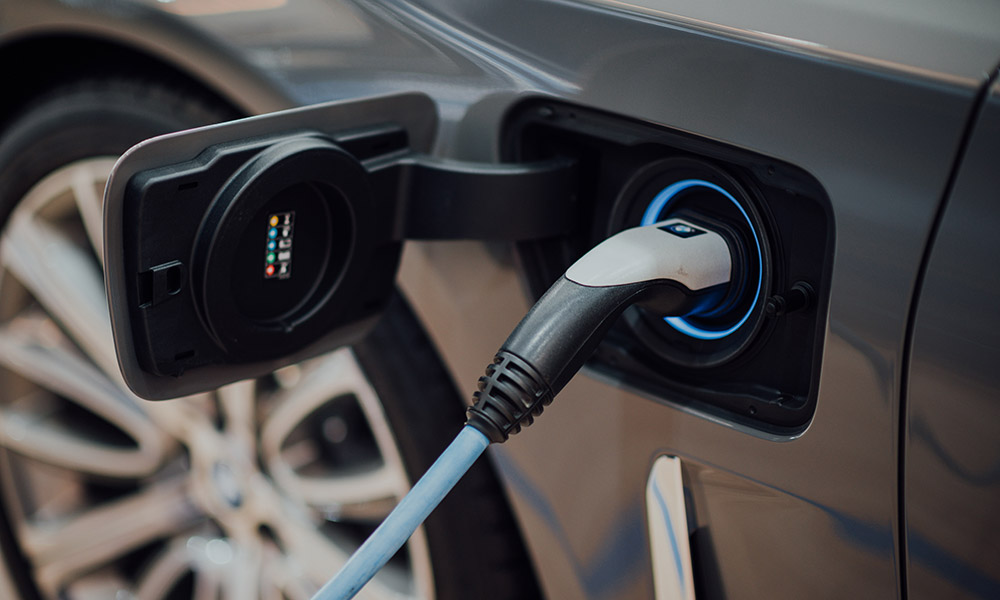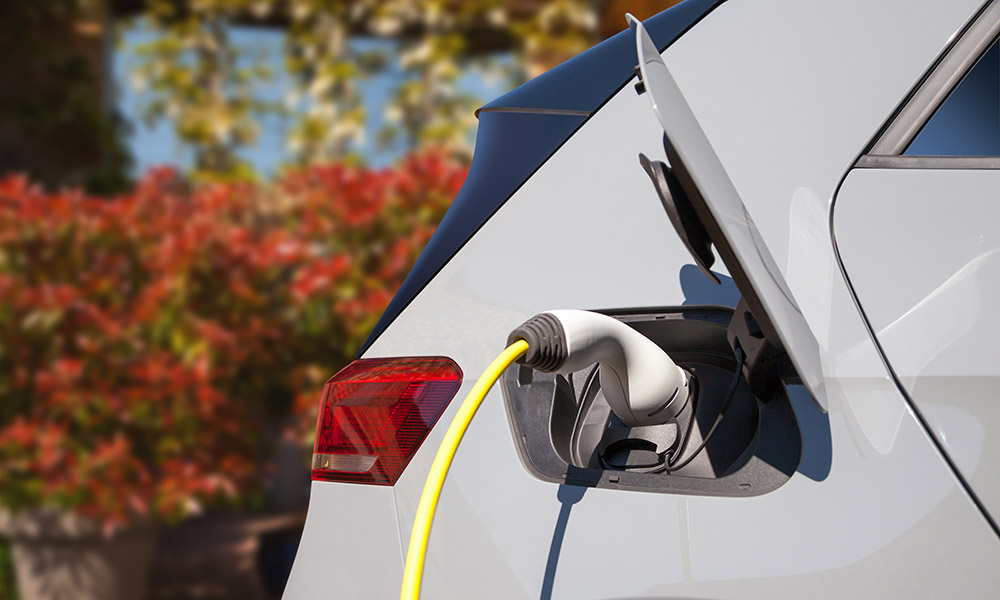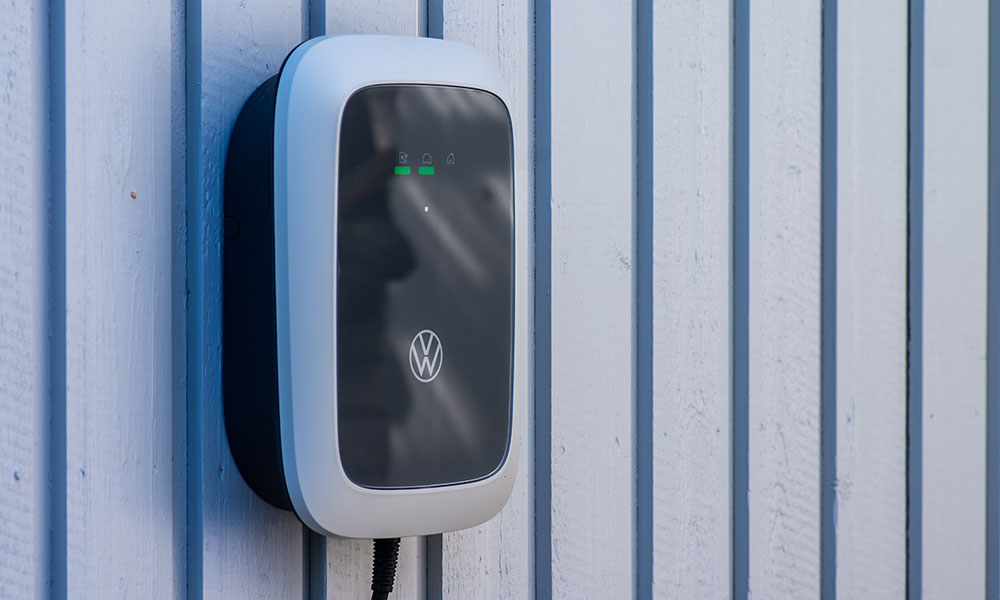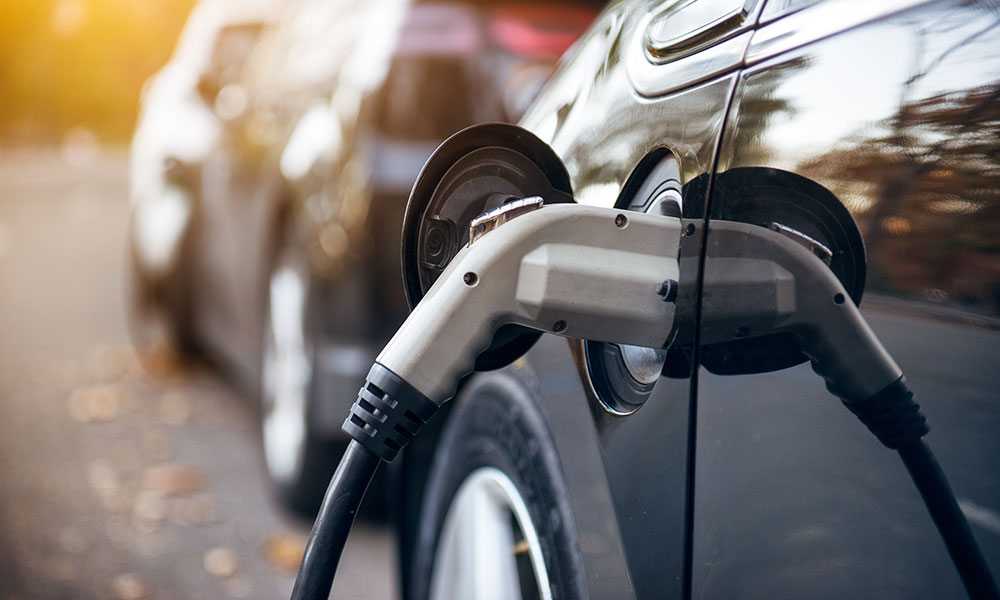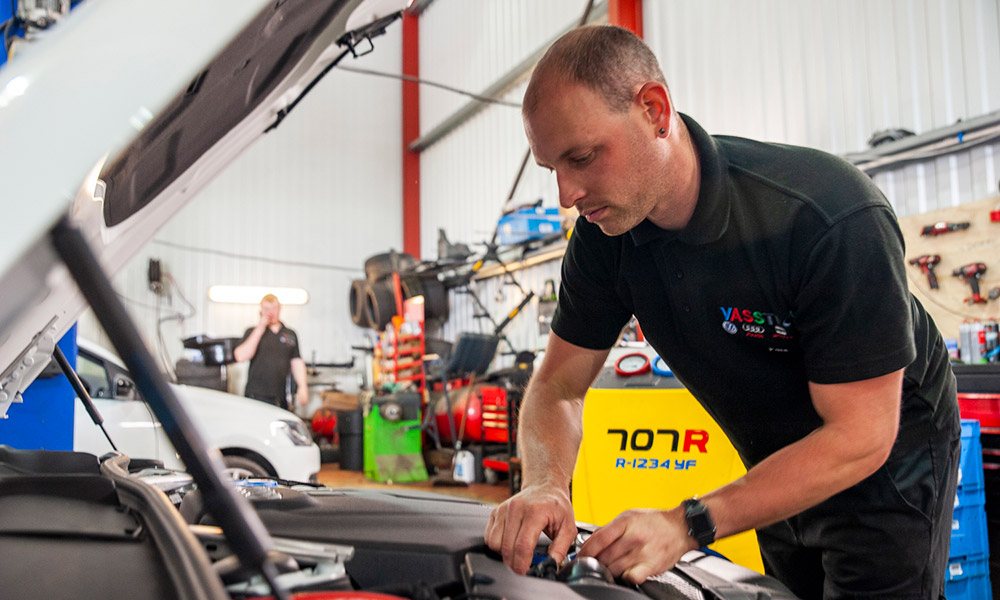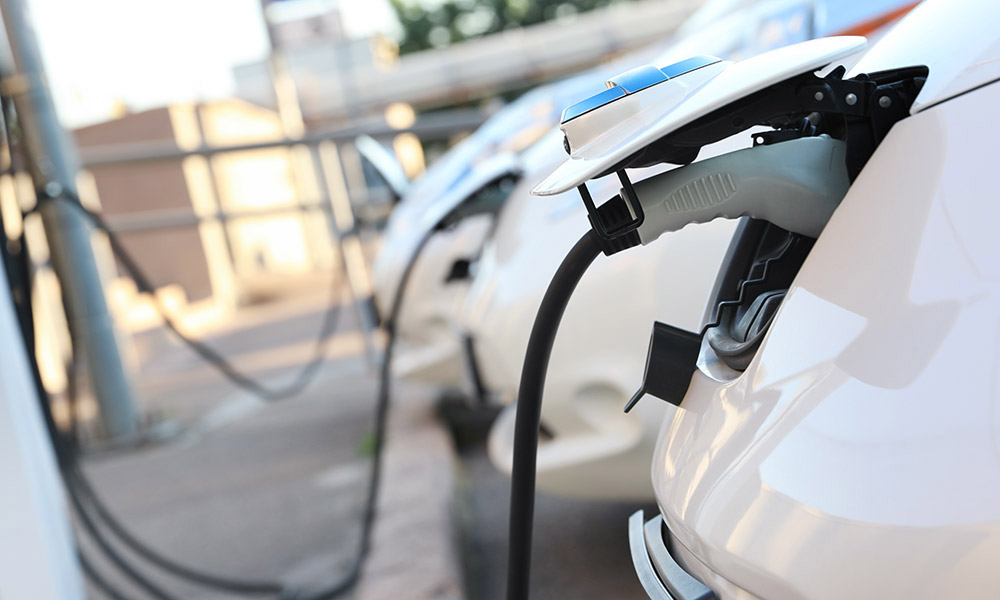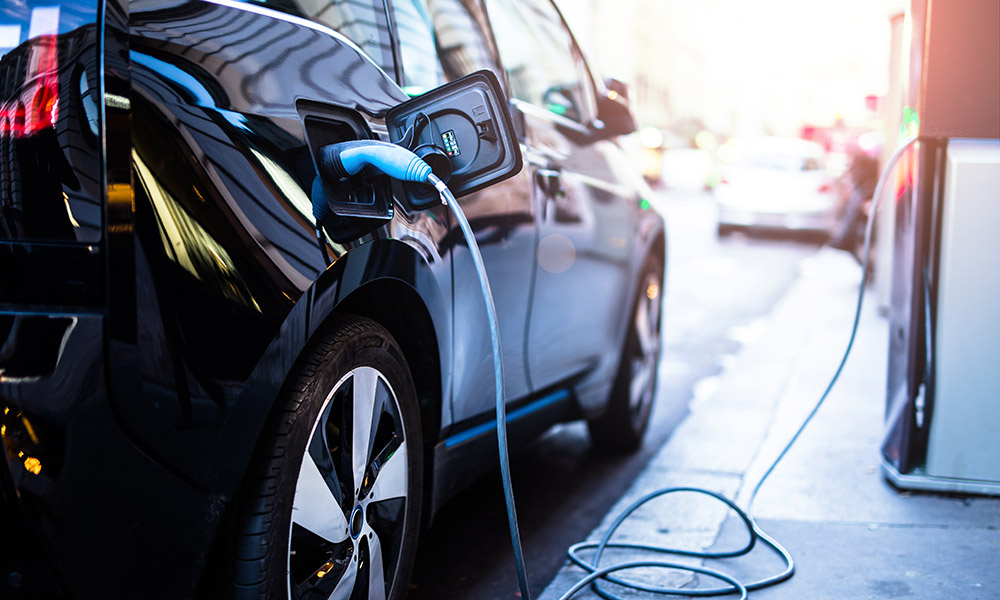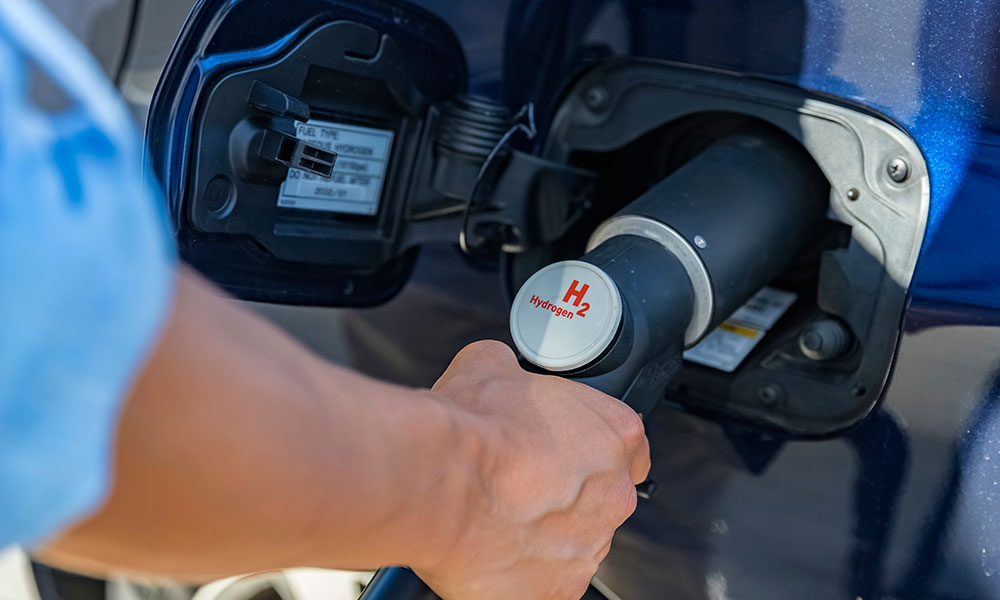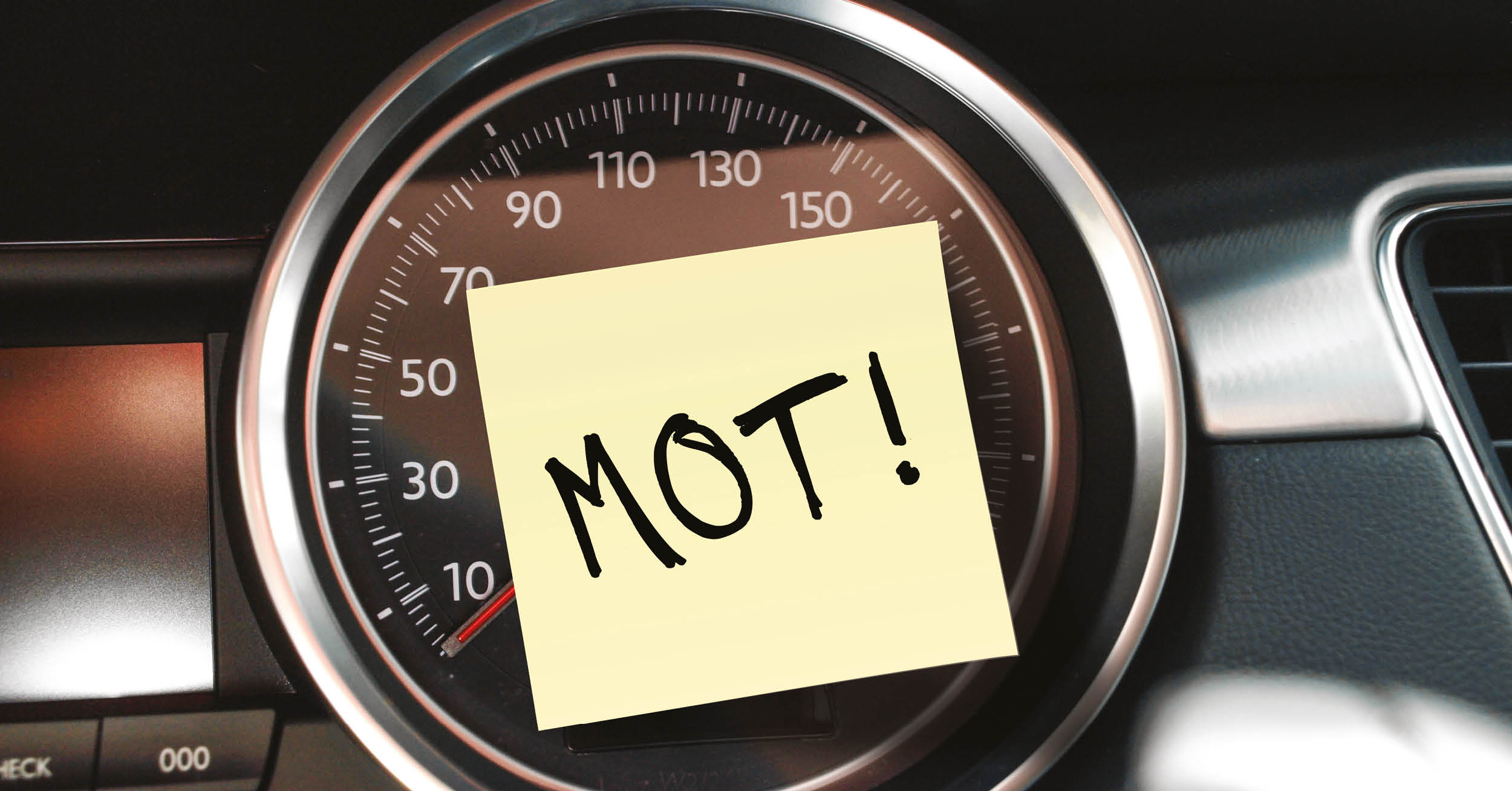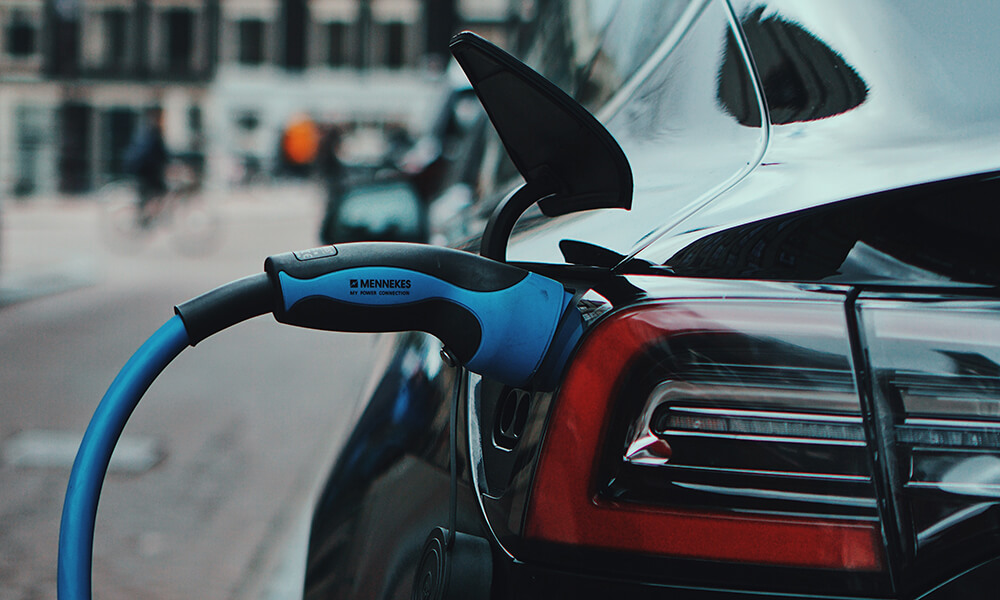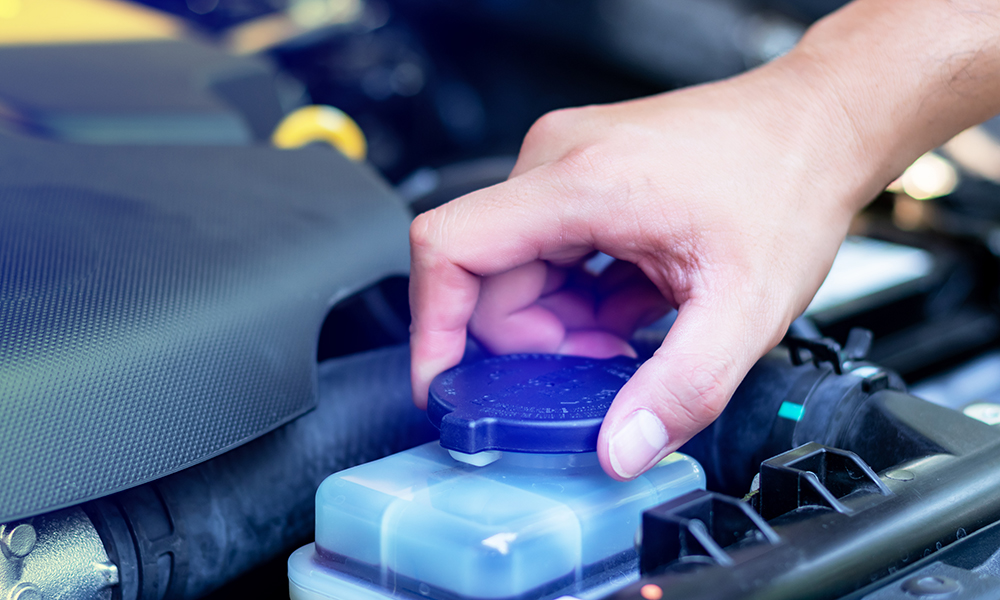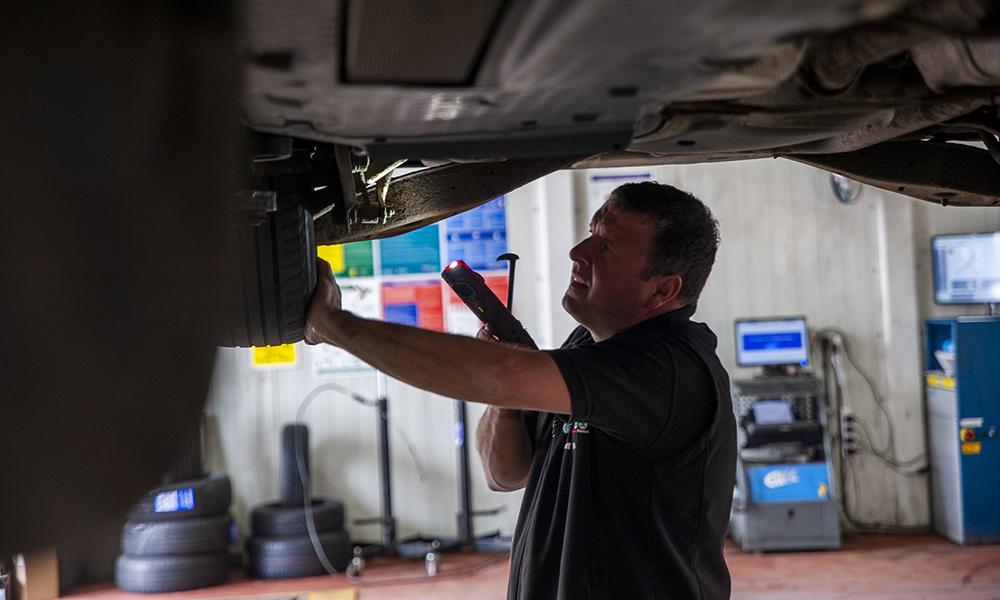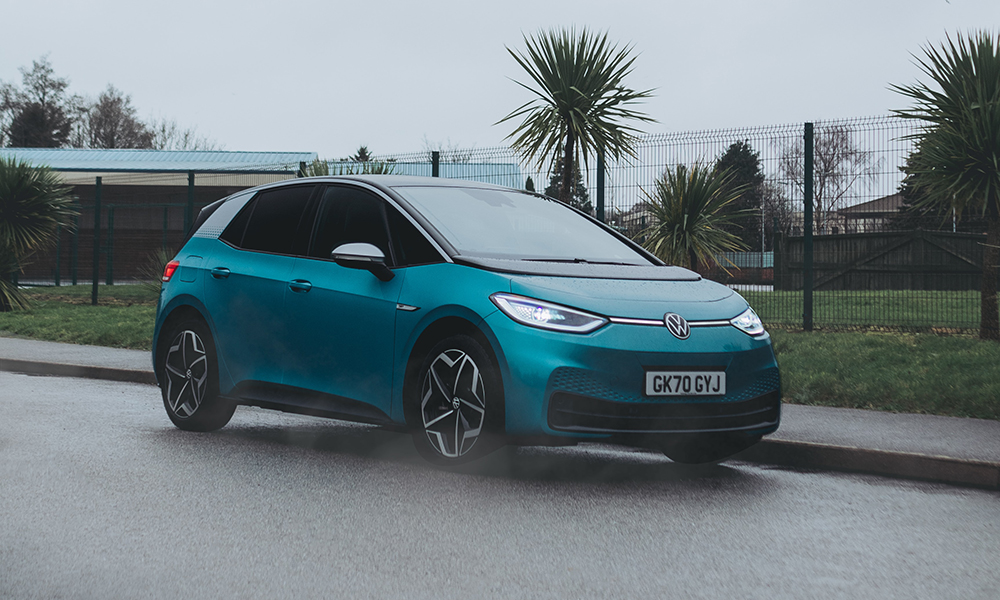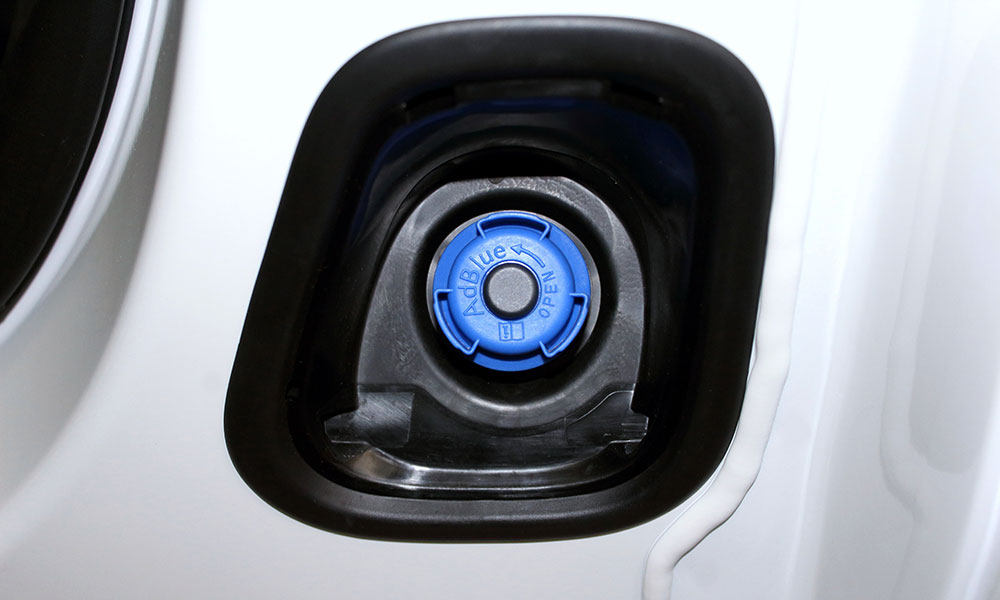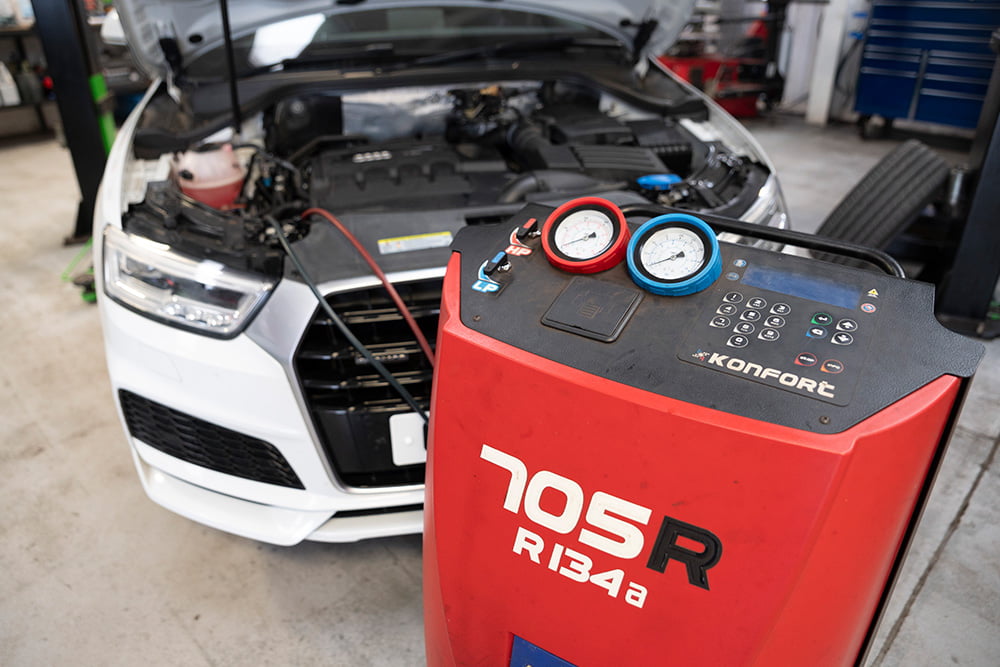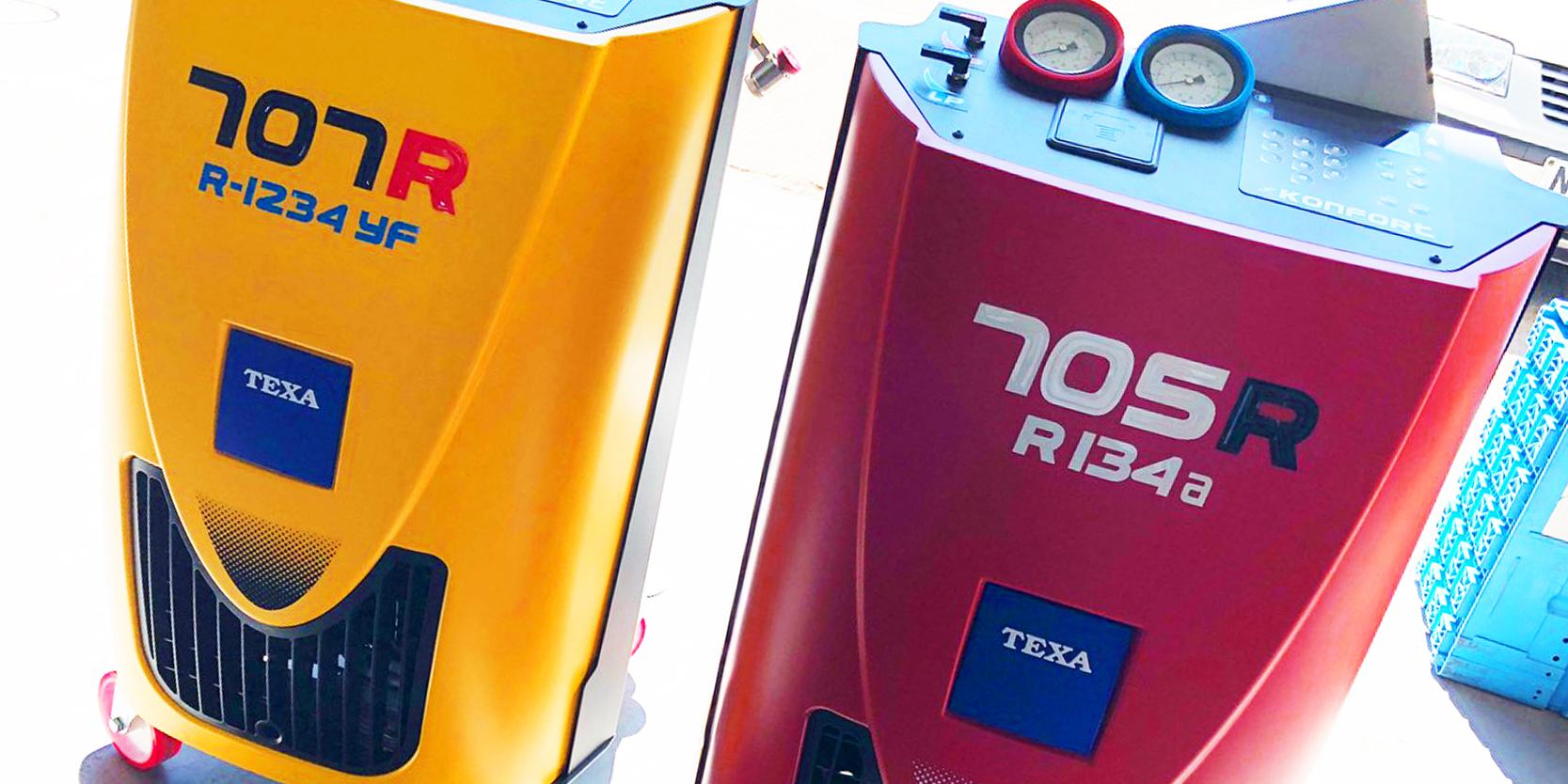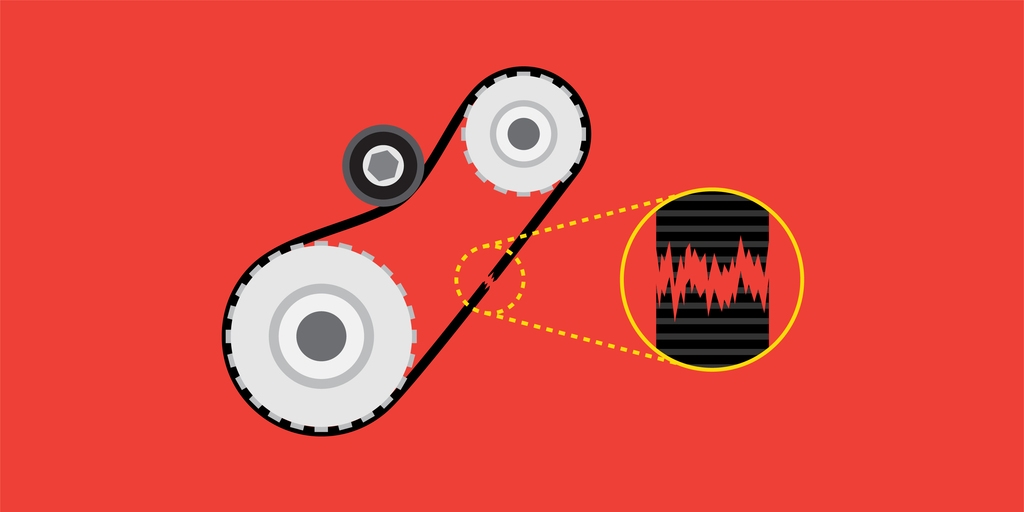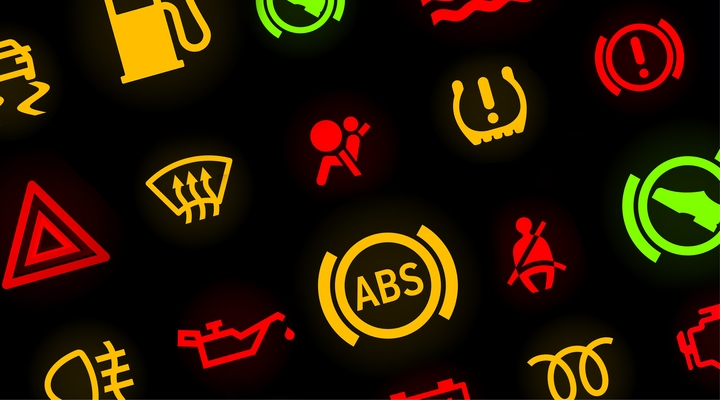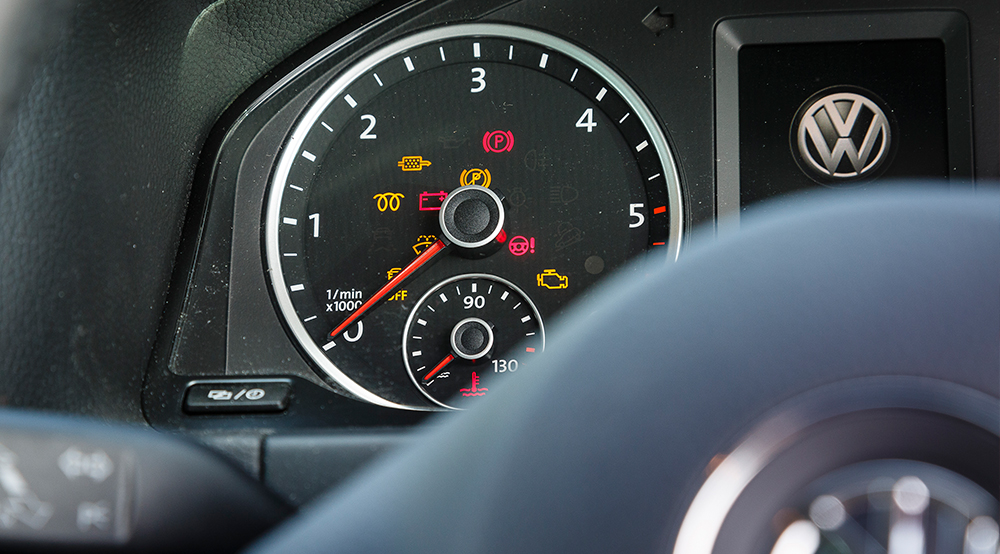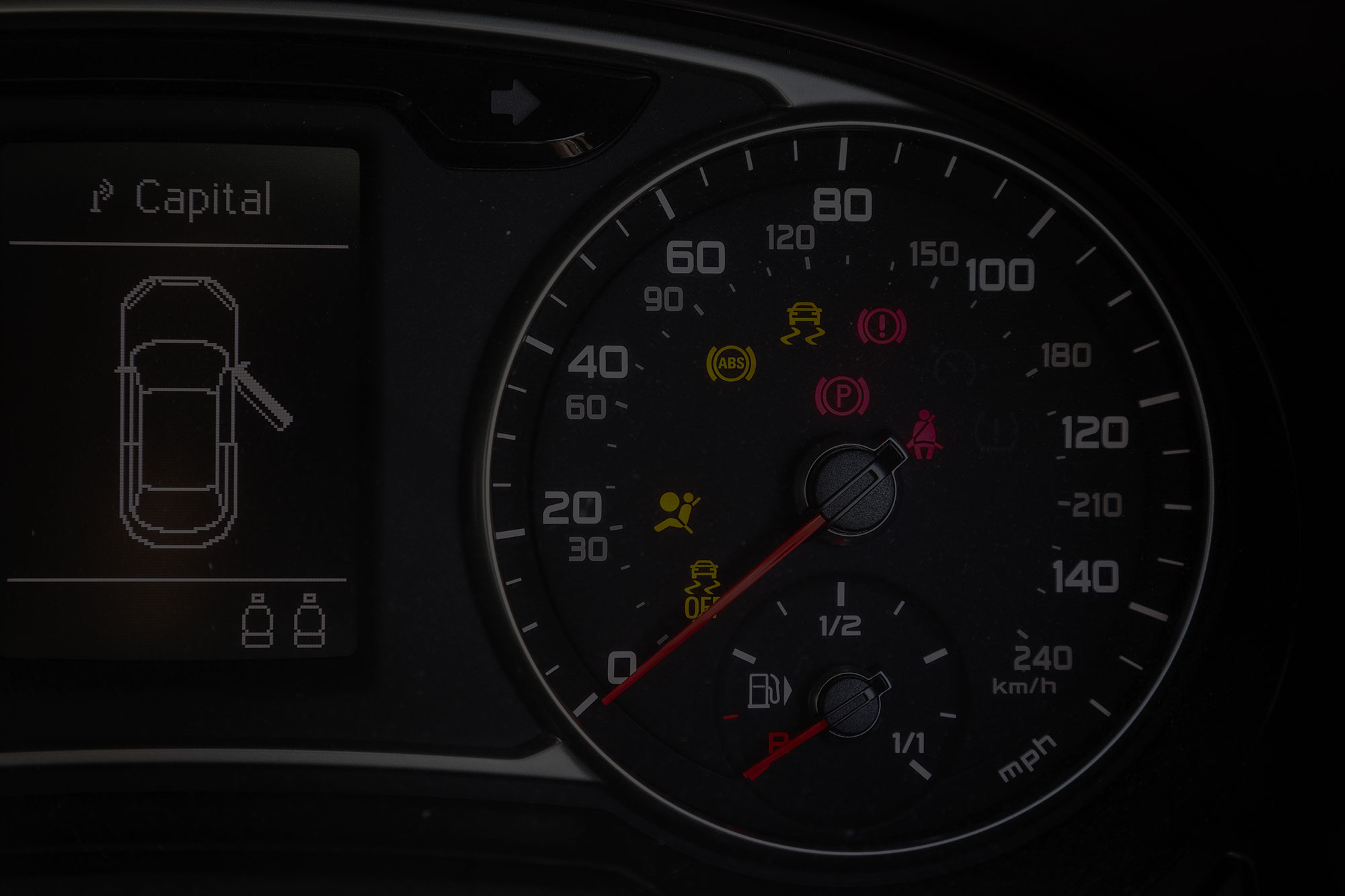What is Regenerative Braking and How Does It Work?
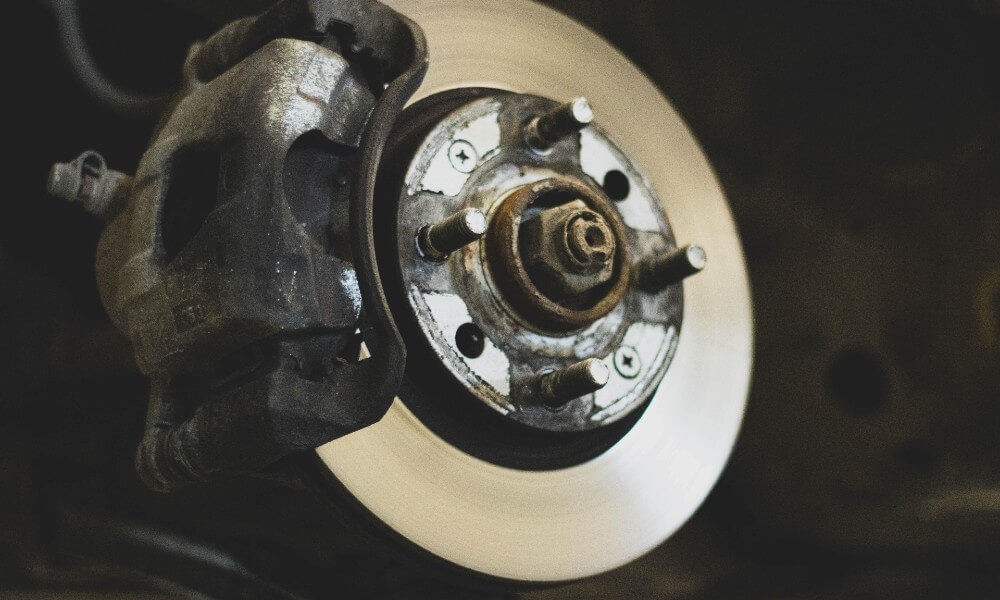
The braking system is one of the most essential features when driving a car.
The brakes stop your car from moving forward and keep you safe when driving downhill or on slippery surfaces like ice or snow. Every vehicle comes with brakes intended for regular use so that you can stop safely whenever necessary. However, these brakes operate in the standard ‘friction mode’ to bring the car to a stop as fast as possible. They wear out after extensive use, which is why it’s important to have your car checked up by a mechanic regularly so they can spot any issues and make repairs before they become dangerous. With electric and hybrid vehicles, you can also have ‘regenerative braking’. In this article, we look at regenerative braking and explain everything you need to know about what it is and how it works.
Regenerative braking – What is it?
Regenerative braking is a process that stores energy by converting it into another form. In the case of cars, this process converts kinetic energy into electrical energy that can be stored in a battery that powers the car’s onboard systems. This process is completely different from traditional braking with friction brakes, which use the car’s wheels to slow the car down by converting kinetic energy into heat. The amount of energy that can be stored varies according to the type of car you’re driving. Electric vehicles (EVs) and many modern cars have regenerative braking systems that are designed to reclaim energy from the braking process and then discharge it to keep the battery charged.
How does regenerative braking work?
When you drive a car, you use the brakes to slow it down whenever you come to a stop or if you need to bring it to a complete stop. When you press the brake pedal, the hydraulic system applies pressure to the brake pads fixed to your car’s wheels.
The brake pads then create friction, slowing the wheels and stopping your vehicle. The spinning wheels create kinetic energy, and the resulting brake friction is converted into heat. The amount of kinetic energy converted into heat is directly proportional to the pressure applied to the brakes. The driver can control the braking mechanism by pressing the pedal to apply more or less pressure.
The car’s braking system has a range of strengths with which you can control the amount of pressure applied to the brakes. An electric motor in your hybrid or electric car runs in two directions – one drives the wheels and moves the car, and the other recharges the battery. When you lift your foot off the accelerator pedal and onto the brake, the motor swaps directions and starts to put energy back into the battery.
Pros of regenerative braking
There are lots of benefits to regenerative braking systems:
- Increased Mileage – The main advantage of regenerative braking is that it allows the driver to use less fuel. When you drive normally, the amount of fuel you use is linked to the amount of pressure you apply to the brakes. When you use a regenerative braking system, you have to apply less pressure because the car slows down due to the electric current stored in the battery.
- More Reliable – Regenerative braking systems are more reliable than friction braking systems since they don’t have a wear-out factor. Friction brakes need to be replaced when they reach a certain level of wear and tear. On the other hand, regenerative braking systems are designed to store the electric energy created during braking and then use it whenever the car is driven again.
- Safer for the Environment – When you drive a car with a regenerative braking system, you’re helping to protect the environment from carbon emissions. This is because the electric current that powers the car is converted from kinetic energy stored during braking. The amount of kinetic energy that is converted into electric current is directly proportional to the amount of pressure applied to the brakes.
- Easier to Drive – Regenerative braking systems are easy to use and drive since the car automatically slows down when you press the brake pedal.
Cons of regenerative braking
There are some disadvantages of regenerative braking systems as well:
- Reduced Driving Speed – One of the biggest issues with regenerative braking systems is that they reduce the driving speed when the battery is full. When the battery is full, the amount of electric current that is stored to power the car is reduced, which in turn slows the car down.
- Batteries Need Replacing – The battery that powers the regenerative braking system also needs to be replaced after a certain period of time. The amount of time a battery needs to be replaced depends on the type of battery used by the car. A lead-acid battery needs to be replaced every 3-4 years, whereas a lithium-ion battery needs to be replaced after 8-10 years.
How to increase the effect of regenerative braking?
Since regenerative braking systems store the electric current generated during braking, the amount of energy stored in the battery can be increased by applying pressure to the brakes. The best way to do this is to drive slowly when you’re on a long stretch of road. When the car is moving slowly, it requires less pressure on the brakes to slow it down, which in turn increases the amount of energy stored in the battery.
Your electric vehicle and its braking system
When you drive a car with a regenerative braking system, you’re helping to reduce the amount of fuel you use and reduce the amount of pollution that enters our atmosphere. The best part about regenerative braking systems is that they’re completely eco-friendly and require no maintenance to keep them running. You can learn more about regenerative braking systems by reading the owner’s manual of your car. Alternatively, if you have any questions, you can contact us today to discuss your car’s braking system.



